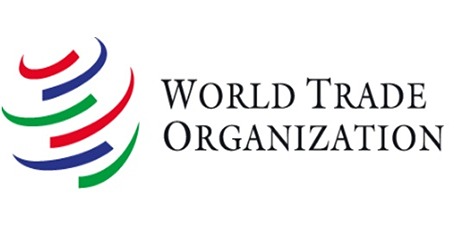On 16 September 2016 the EU published a departmental paper entitled Sectoral Policies for Climate Change Mitigation in the EU. The paper examines climate mitigation policy in five sectors that in aggregate account for 95% of greenhouse gas emissions – power, transport, residential housing, manufacturing and agriculture. Total emissions are down almost a quarter since 1990, but the reduction is not even across sectors. While emissions from power and industry have fallen by one third, buildings by a quarter, and agriculture by a fifth, emissions from transport have increased. The differences reflect the costs of abatement but also reflect variations in effective carbon prices, market imperfections and policy gaps.
Even with suitable carbon pricing, other sector-specific measures will be needed as each sector has issues that obstruct emission reduction. Measures could include the facilitation of investment in power grids; improvement of vehicle charging infrastructure; support for newer green technologies; the abolition of subsidies and tax relief currently given for certain emissions-intensive activities; the use of regulations to favour lower emissions; rebalancing of incentives for home owners and renters; adequate financing options for individuals, farmers, and firms; improved measurement of emissions; and changes to farm subsidies to encourage better land stewardship.
Power and Manufacturing
Carbon pricing is still the most important method for controlling emissions and a carbon price floor for the ETS would encourage greener investment. Even if the carbon price is right, support will be needed to encourage private investment in some areas. Government support should prioritize infrastructure; R&D relating to renewables; encouragement of early stage technologies with large knowledge spill-overs; and help for workers who are displaced by the changes to the economy.
Transport
Although taxes on road transport fuel are already high, they may still be below the required levels for highest efficiency if the external costs of air pollution, congestion and climate are considered. Transport could also be included in the ETS or road pricing schemes could be introduced.
Low emission vehicles are still only a small part of vehicle sales. Incentives such as “feebates” could be used to encourage the purchase of cleaner vehicles. The infrastructure for charging electric vehicles could be further developed.
Research and development is required for further innovation to reduce emissions in air transport.
Residential Buildings
Emissions from residential buildings have decreased but this sector has one of the highest “carbon pricing gaps”. The coverage and price of emissions should be increased and tax expenditures on emission-intensive fuels could be reduced, to encourage emission reduction. Binding targets could be introduced for energy efficiency improvements and financial support could be given for green mortgages.
Agriculture
Agriculture accounts for around 10% of EU emissions. The 2021 to 2027 planning period for the Common Agricultural Policy can be used to improve incentives for emissions reduction through agroecology and conservation. The green payment mechanism aiming to reduce livestock emissions could be broadened in scope and the carbon storage capacity of farmland could be improved. Tax expenditures for emission-intensive products, such as lower VAT rates for dairy and meat products, could be removed and footprint labels could be added to food packaging.
















